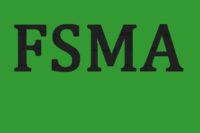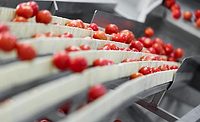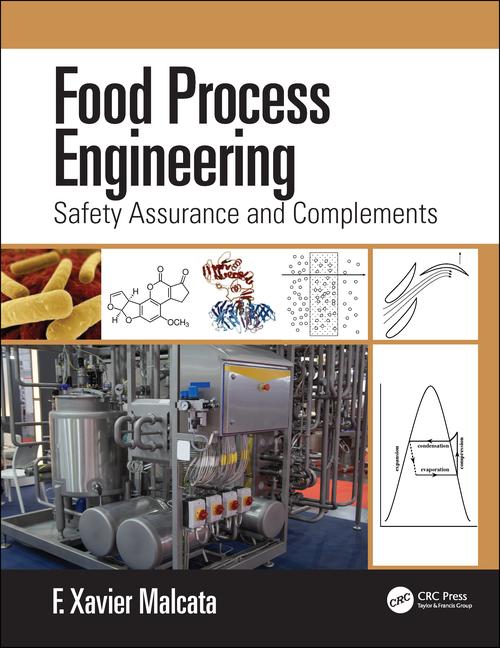TECH FLASH
Food safety regulations miss masked mycotoxins
New research suggests current limits could present health concerns.


|
| Source: North Carolina State University College of Agriculture and Life Science. |
According to an article in Chemistry Research in Toxicology, current government limits on mold toxins in grain crops fail to account for so-called “masked mycotoxins,” which transform from harmless when outside the body to potentially harmful when inside it.
Chiara Dall’Asta and colleagues say that mold growing on wheat, corn and other plants produces toxic substances called mycotoxins. Plants protect themselves by conjugating glucose, sulfur or other substances to the mycotoxin, producing conjugated mycotoxins that are not harmful to the grain.
However, Dall’Asta’s research has shown for the first time that bacteria present in the human large intestine deconjugates deoxynivalenol (DON) and zearalenone (ZEN), the two most widespread mycotoxin contaminants. Once deconjugated, DON and Zen revert to their toxic forms.
Because of this conversion, Dall’Asta suggests, some health experts regard mycotoxins as a more serious chronic dietary risk factor than pesticides and insecticides. Government regulations limit mycotoxin levels in human food and animal feed, but Dall’Asta says further regulation is needed.
Looking for a reprint of this article?
From high-res PDFs to custom plaques, order your copy today!








